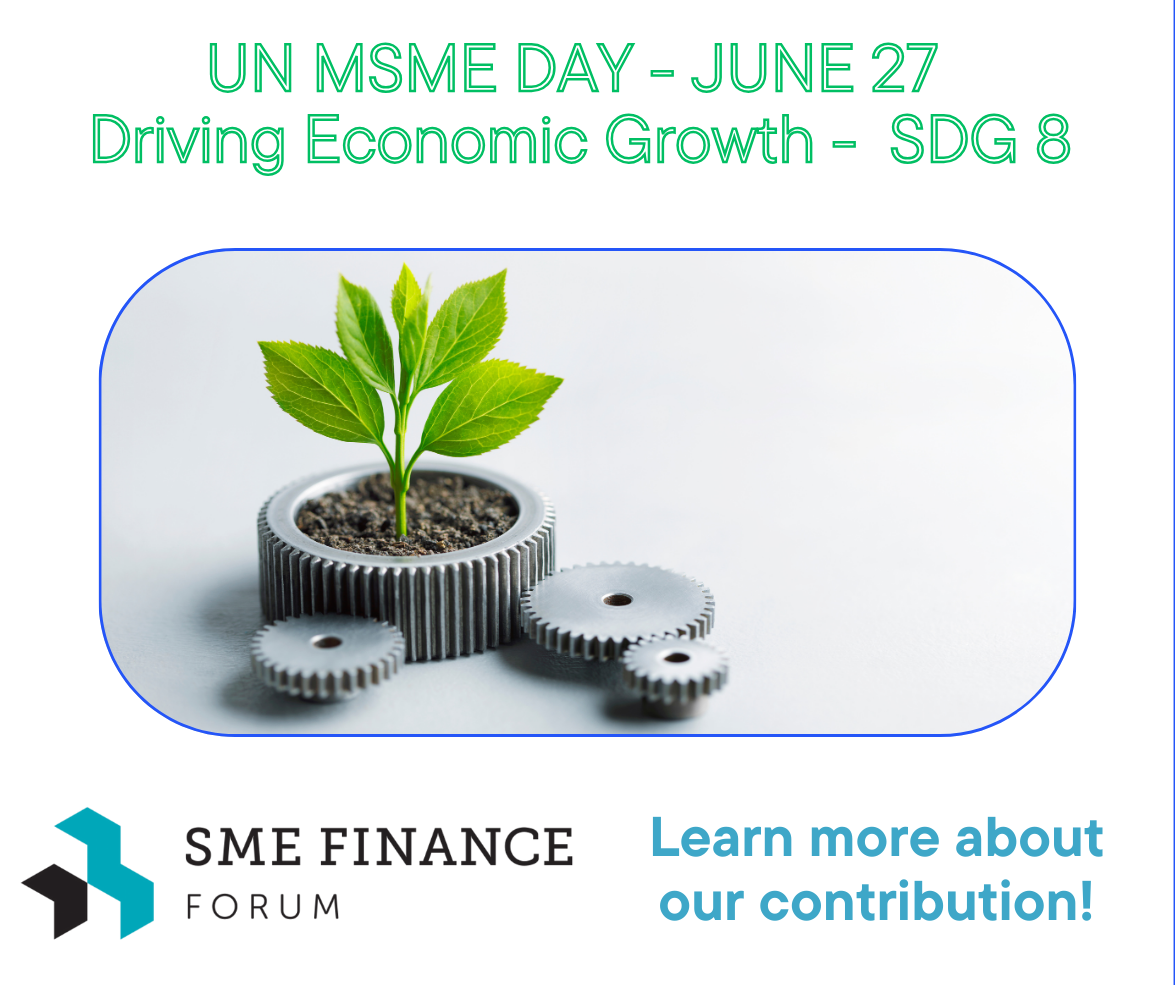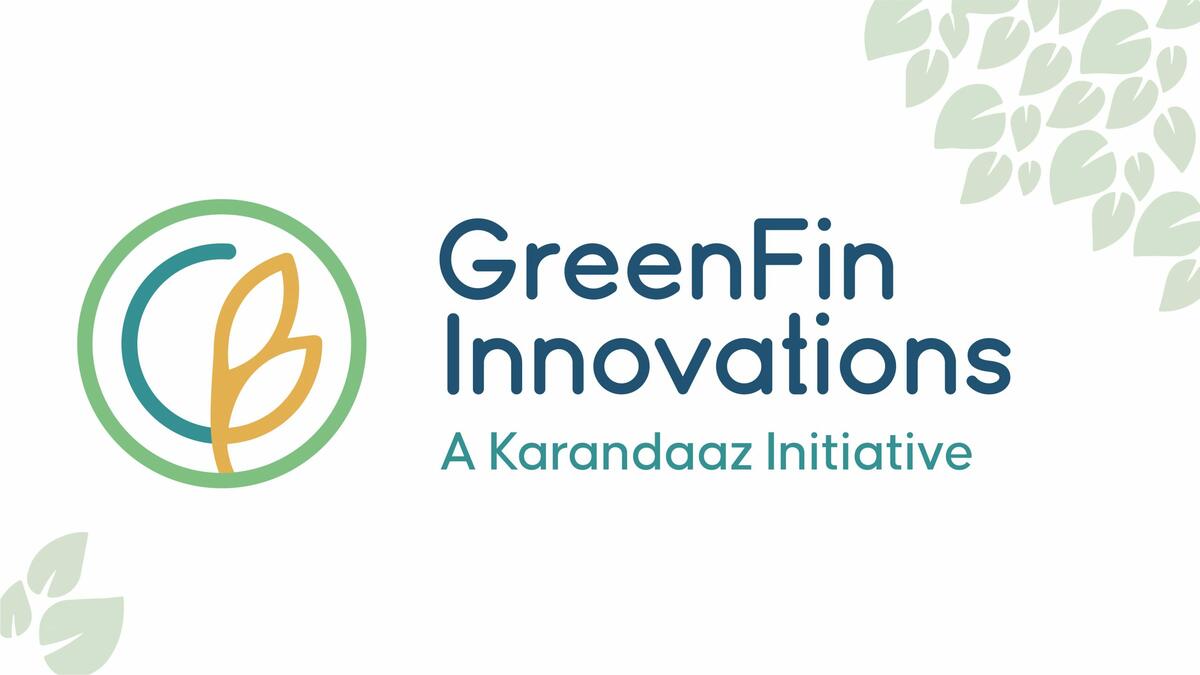Energy consumption can account for up to 50 per cent of the total business costs for small and medium-sized enterprises (SMEs). Investments targeting energy savings provide a quick way for a small business to gain a cost advantage. Well-designed energy efficiency projects often show positive cash flows relatively quickly and allow for the projects themselves to pay back investments (and loans).
Globally, there is a significant untapped potential to reduce energy costs. Demand-side market failures relate to lack of information. Supply-side market failures relate to limited access to finance for energy efficiency investments.
Sustainable energy finance facilities (SEFFs) address this financing gap and provide access to technical advice for SMEs and banks. The success of SEFFs has demonstrated that commercial banks can bridge the sustainable energy financing gap by:
1) understanding the opportunity to improve their clients' cost structures using the right communication approach;
2) leveraging existing information from their own loan portfolio combined with publicly available information on the energy performance of technologies;
3) ensuring dedicated staff have project finance skills and that contracts are suitably tailored;
4) gaining access to energy expertise; and 5) having access to a list of high energy performance technologies.










